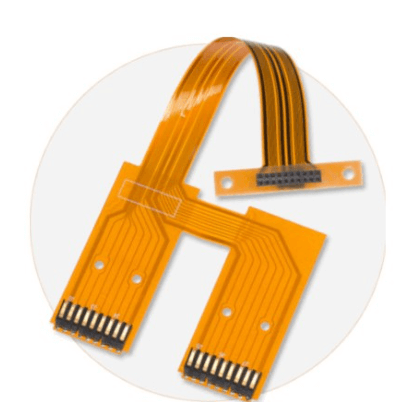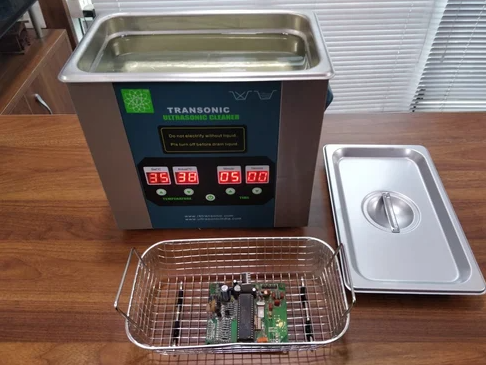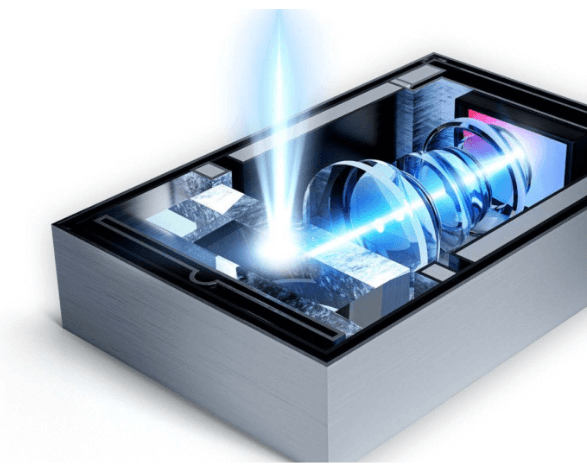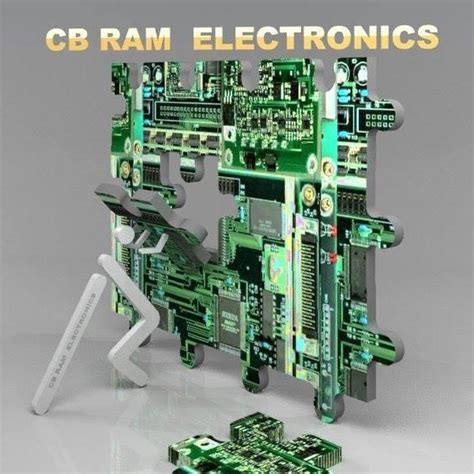Ceramic Substrate: Properties, Applications, and Future Trends
Introduction
Ceramic substrates are essential materials in modern electronics, automotive systems, and industrial applications due to their excellent thermal, mechanical, and electrical properties. They serve as the foundation for electronic circuits, sensors, and power modules, ensuring efficient heat dissipation and electrical insulation. This article explores the composition, types, manufacturing processes, applications, and future trends of ceramic substrates.
1. Composition and Types of Ceramic Substrates
Ceramic substrates are made from inorganic, non-metallic materials that exhibit high thermal stability and electrical insulation. The most commonly used ceramics in substrate manufacturing include:
1.1 Alumina (Al₂O₃)
- Properties: High mechanical strength, good thermal conductivity (20-30 W/mK), and excellent electrical insulation.
- Applications: Used in LED packaging, power electronics, and RF/microwave circuits.
- Advantages: Cost-effective, widely available, and suitable for thick-film and thin-film circuits.
1.2 Aluminum Nitride (AlN)
- Properties: Exceptional thermal conductivity (150-200 W/mK), low thermal expansion coefficient, and high electrical resistivity.
- Applications: High-power electronics, laser diodes, and aerospace systems.
- Advantages: Ideal for high-frequency and high-power applications due to minimal signal loss.
1.3 Beryllium Oxide (BeO)
- Properties: Extremely high thermal conductivity (250-300 W/mK), but toxic in powder form.
- Applications: Military and aerospace electronics, high-power RF devices.
- Disadvantages: Health hazards limit its use in consumer electronics.
1.4 Silicon Carbide (SiC)
- Properties: High thermal conductivity (120-200 W/mK), excellent mechanical strength, and chemical resistance.
- Applications: Harsh environments, electric vehicle power modules, and high-temperature sensors.
- Advantages: Suitable for extreme conditions, including high radiation and corrosive atmospheres.
1.5 Low-Temperature Co-Fired Ceramic (LTCC) and High-Temperature Co-Fired Ceramic (HTCC)
- LTCC: Fired at 850-900°C, used in RF modules and multilayer circuits.
- HTCC: Fired at 1600°C, used in high-reliability applications like automotive sensors.
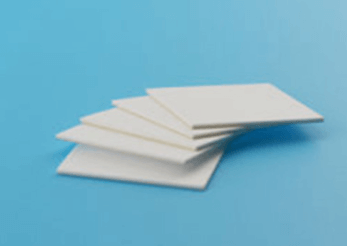
2. Manufacturing Processes
The production of ceramic substrates involves several key steps:
2.1 Powder Preparation
- Raw ceramic powders (Al₂O₃, AlN, etc.) are mixed with binders and solvents to form a slurry.
2.2 Tape Casting or Dry Pressing
- Tape Casting: Used for thin substrates; the slurry is spread into sheets and dried.
- Dry Pressing: Used for thicker substrates; powder is compressed in a mold.
2.3 Sintering
- The green ceramic is heated to high temperatures (1200-1600°C) to achieve densification.
2.4 Metallization
- Conductive traces (gold, silver, copper) are applied via screen printing, sputtering, or plating.
2.5 Laser Machining and Dicing
- Precision cutting and drilling are performed to create vias and circuit patterns.

3. Key Properties of Ceramic Substrates
3.1 Thermal Properties
- High thermal conductivity ensures efficient heat dissipation.
- Low coefficient of thermal expansion (CTE) prevents cracking under thermal cycling.
3.2 Electrical Properties
- Excellent dielectric strength (10-30 kV/mm) for insulation.
- Low signal loss in high-frequency applications.
3.3 Mechanical Properties
- High hardness and wear resistance.
- Brittle nature requires careful handling.
3.4 Chemical Stability
- Resistant to oxidation, corrosion, and chemical reactions.
4. Applications of Ceramic Substrates
4.1 Electronics and Semiconductors
- LED Packaging: Alumina and AlN substrates enhance heat dissipation.
- Power Electronics: Used in IGBT modules, MOSFETs, and inverters.
- RF/Microwave Circuits: LTCC substrates enable miniaturized RF filters and antennas.
4.2 Automotive Industry
- Electric Vehicles (EVs): SiC and AlN substrates improve power module efficiency.
- Sensors: Oxygen sensors and pressure sensors rely on ceramic durability.
4.3 Aerospace and Defense
- Radar systems, satellite communication, and avionics utilize ceramic substrates for reliability.
4.4 Medical Devices
- Implantable sensors and diagnostic equipment benefit from biocompatible ceramics.
4.5 Industrial Applications
- High-temperature sensors, furnace components, and energy storage systems.
5. Advantages Over Other Substrate Materials
| Property | Ceramic Substrates | FR4 (PCB) | Metal Core PCBs |
|---|---|---|---|
| Thermal Conductivity | High (20-300 W/mK) | Low (~0.3 W/mK) | Moderate (1-5 W/mK) |
| Electrical Insulation | Excellent | Good | Poor (requires dielectric layer) |
| High-Temperature Stability | Up to 1000°C | ~130°C | ~150°C |
| Miniaturization Potential | High (LTCC/HTCC) | Limited | Moderate |
6. Challenges and Limitations
- Brittleness: Prone to cracking under mechanical stress.
- High Cost: Advanced ceramics (AlN, SiC) are expensive.
- Complex Manufacturing: Requires precision processing.
7. Future Trends
7.1 Advanced Materials
- Development of hybrid ceramics with enhanced thermal and mechanical properties.
7.2 Additive Manufacturing (3D Printing)
- Enables complex geometries and rapid prototyping of ceramic circuits.
7.3 Integration with Flexible Electronics
- Research on bendable ceramic-polymer composites for wearable devices.
7.4 Sustainable Manufacturing
- Eco-friendly production methods and recycling of ceramic waste.
7.5 5G and IoT Applications
- Demand for high-frequency ceramic substrates in 5G antennas and IoT sensors.
8. Conclusion
Ceramic substrates play a crucial role in modern technology, offering unmatched thermal management, electrical insulation, and reliability. While challenges like brittleness and cost persist, advancements in material science and manufacturing techniques are expanding their applications. As industries demand higher performance and miniaturization, ceramic substrates will continue to evolve, driving innovation in electronics, automotive systems, and beyond.

